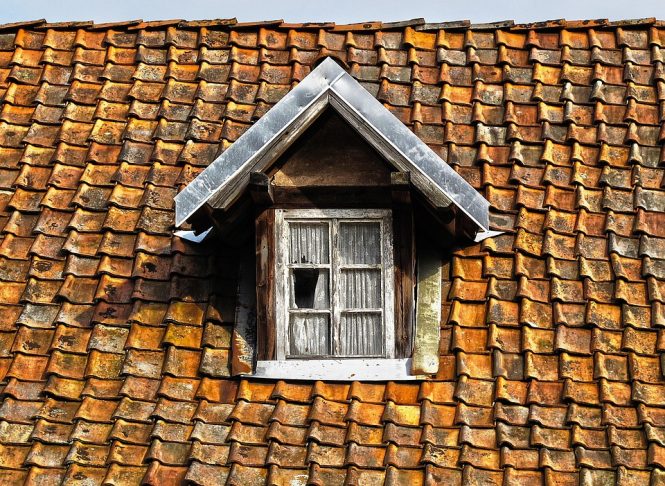
As the world becomes increasingly aware of the importance of environmental sustainability, homeowners are looking for ways to reduce their carbon footprint and create a more eco-friendly living space. One often-overlooked area of the home that can have a significant impact on the environment is the roof. Traditional roofing materials such as asphalt shingles and clay tiles can have a substantial environmental impact, from the extraction and processing of raw materials to the energy required for transportation and installation. Fortunately, there are many sustainable roofing options available that can help homeowners reduce their environmental footprint while also providing a durable and long-lasting roofing solution.
1. Solar Roofing
One of the most innovative and eco-friendly roofing options available is solar roofing. Solar roofing systems integrate solar panels into the roof itself, providing a seamless and sleek appearance while also generating clean energy. These systems can help homeowners reduce their reliance on non-renewable energy sources and lower their energy bills. Additionally, solar roofing systems can increase the value of a home and provide a potential selling point for environmentally conscious buyers.
2. Green Roofs
Green roofs, also known as living roofs, are a type of roofing system that incorporates plants and vegetation into the roof design. These roofs can provide a range of benefits, including improved insulation, reduced stormwater runoff, and increased biodiversity. Green roofs can also help to reduce the urban heat island effect, which can lead to increased energy consumption and air pollution. While green roofs can require more maintenance than traditional roofing systems, they offer a unique and eco-friendly alternative for homeowners.
3. Metal Roofing
Metal roofing is a durable and sustainable option that can be made from recycled materials and can be recycled at the end of its life cycle. Metal roofs are also resistant to weathering and can last for 50 years or more, reducing the need for frequent replacements and the waste associated with them. Additionally, metal roofs can be coated with a reflective material to reduce heat gain and energy consumption.
4. Clay Tiles with a Twist
While traditional clay tiles can have a significant environmental impact, there are now many sustainable alternatives available. Some manufacturers are producing clay tiles from recycled materials, such as recycled clay and concrete. These tiles can provide the same durability and aesthetic appeal as traditional clay tiles while reducing waste and the environmental impact of raw material extraction.
5. Slate Roofing
Slate roofing is a natural, durable, and sustainable option that can last for 100 years or more. Slate is a metamorphic rock that is resistant to weathering and can be quarried locally, reducing transportation emissions. Additionally, slate roofs can be recycled at the end of their life cycle, reducing waste and the need for new raw materials.
6. Recycled Plastic Roofing
Recycled plastic roofing is a sustainable and innovative option that is made from post-consumer plastic waste. These roofs are durable, waterproof, and resistant to weathering, making them a great alternative to traditional roofing materials. Additionally, recycled plastic roofing can help to reduce the amount of plastic waste in landfills and oceans, providing a unique solution to a significant environmental problem.
Benefits of Sustainable Roofing Options
Sustainable roofing options offer a range of benefits for homeowners, including:
- Reduced environmental impact: Sustainable roofing materials can reduce waste, energy consumption, and the extraction of raw materials.
- Increased durability: Many sustainable roofing options are designed to last longer than traditional materials, reducing the need for frequent replacements and the waste associated with them.
- Energy efficiency: Some sustainable roofing options, such as solar roofing and green roofs, can help to reduce energy consumption and lower energy bills.
- Increased property value: Sustainable roofing options can increase the value of a home and provide a potential selling point for environmentally conscious buyers.
Conclusion
Sustainable roofing options are a great way for homeowners to reduce their environmental footprint while also providing a durable and long-lasting roofing solution. From solar roofing and green roofs to metal roofing and recycled plastic roofing, there are many eco-friendly choices available. By choosing a sustainable roofing option, homeowners can help to reduce waste, energy consumption, and the extraction of raw materials, while also increasing the value of their home and providing a potential selling point for environmentally conscious buyers. As the world continues to prioritize environmental sustainability, sustainable roofing options are likely to become an increasingly popular choice for homeowners.